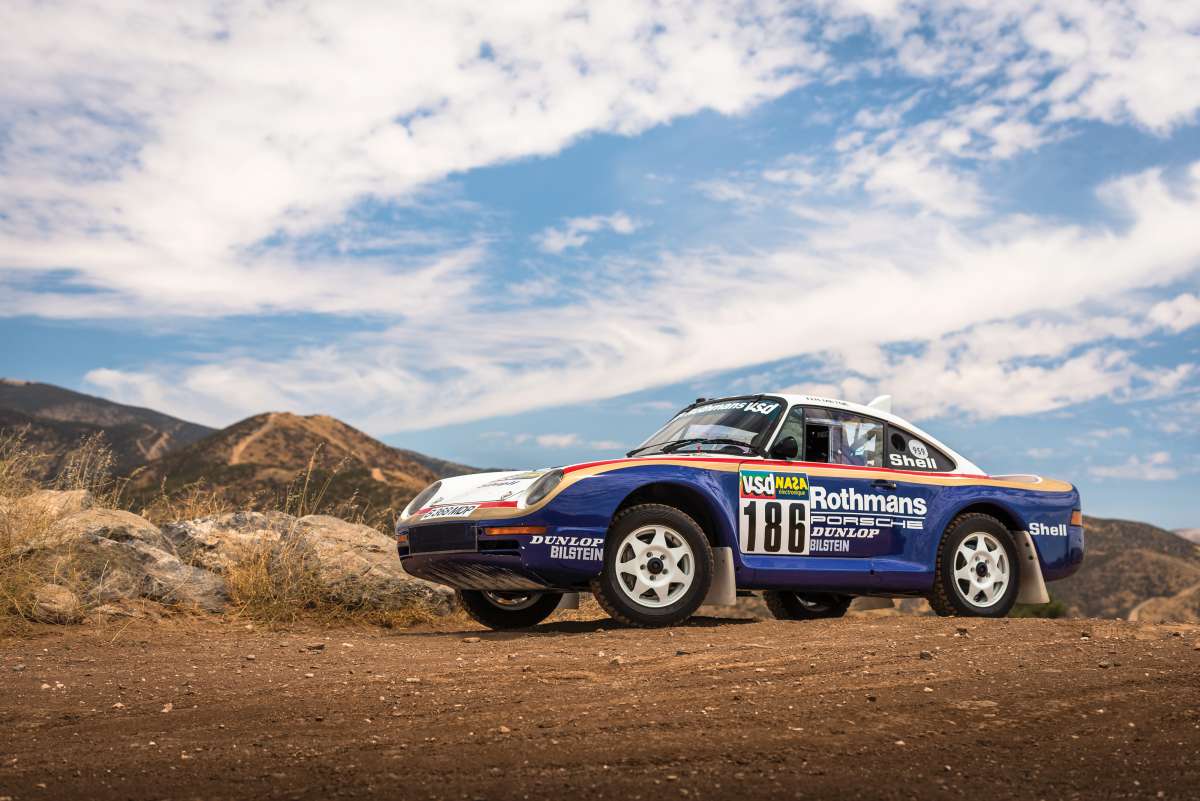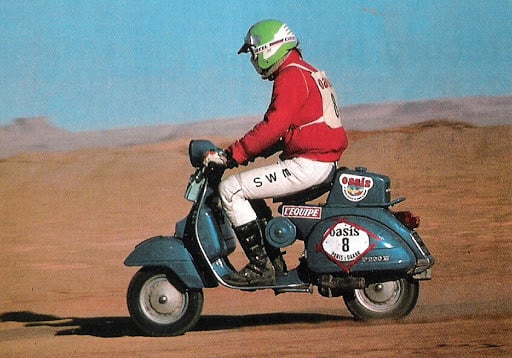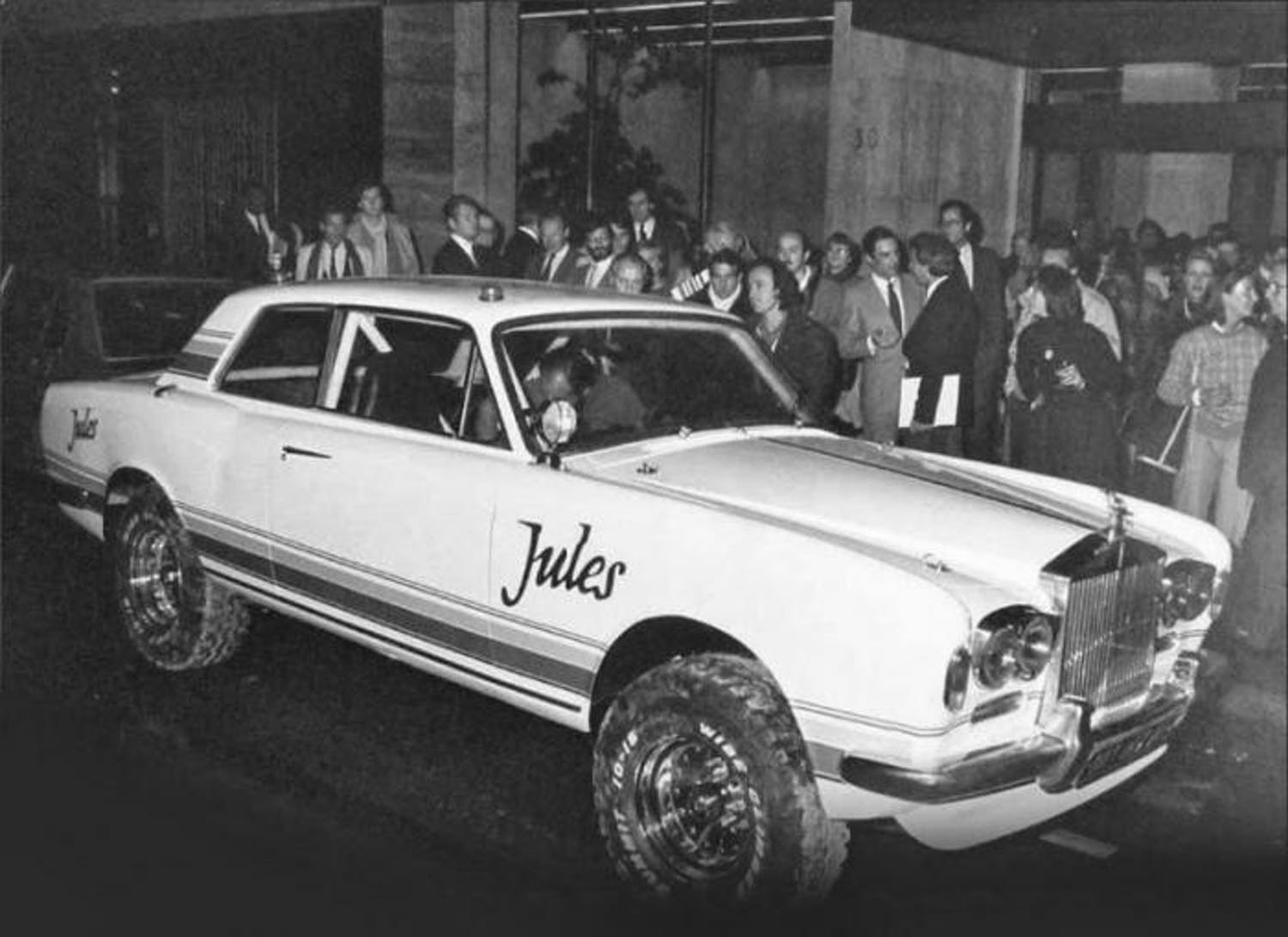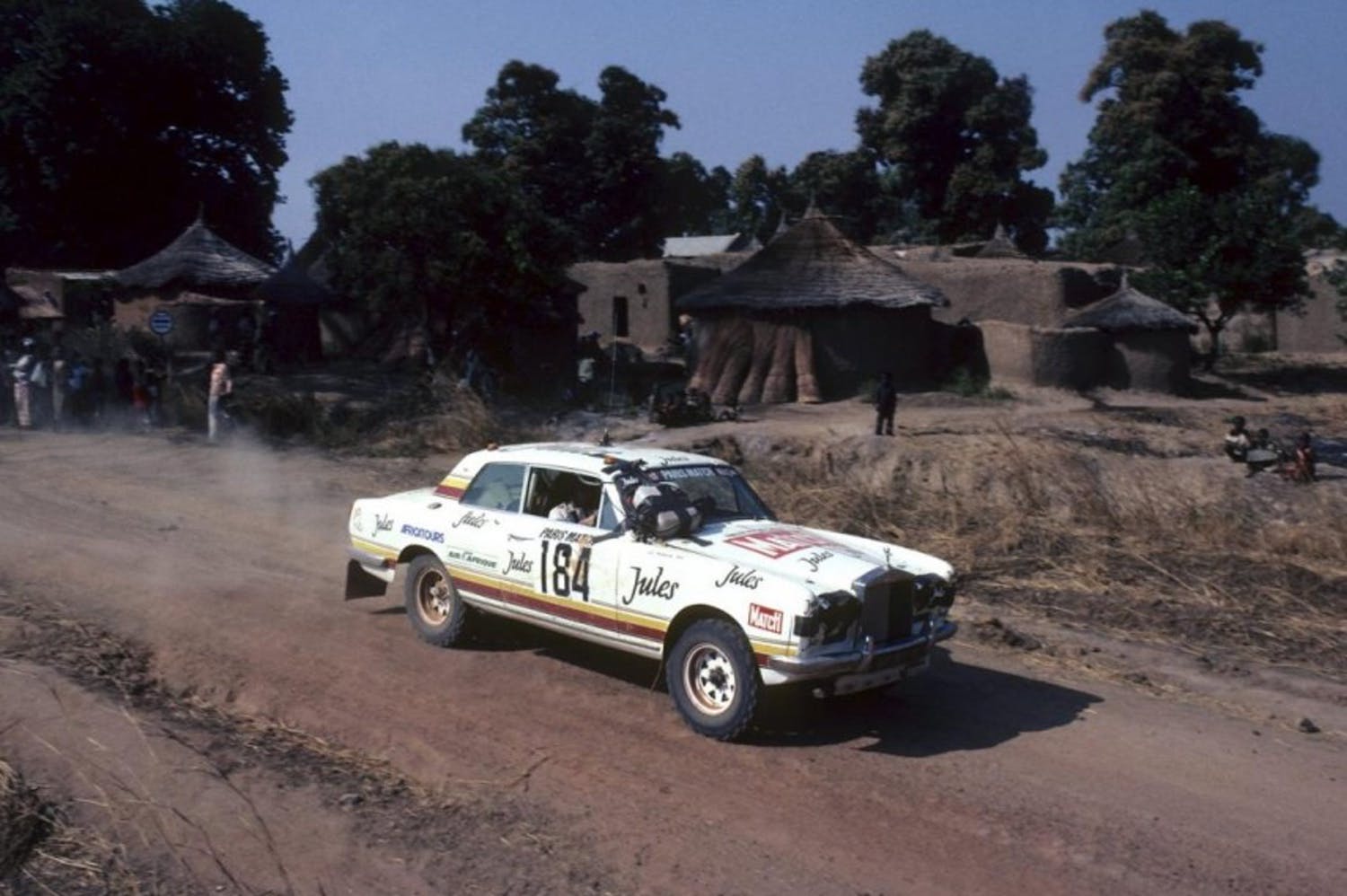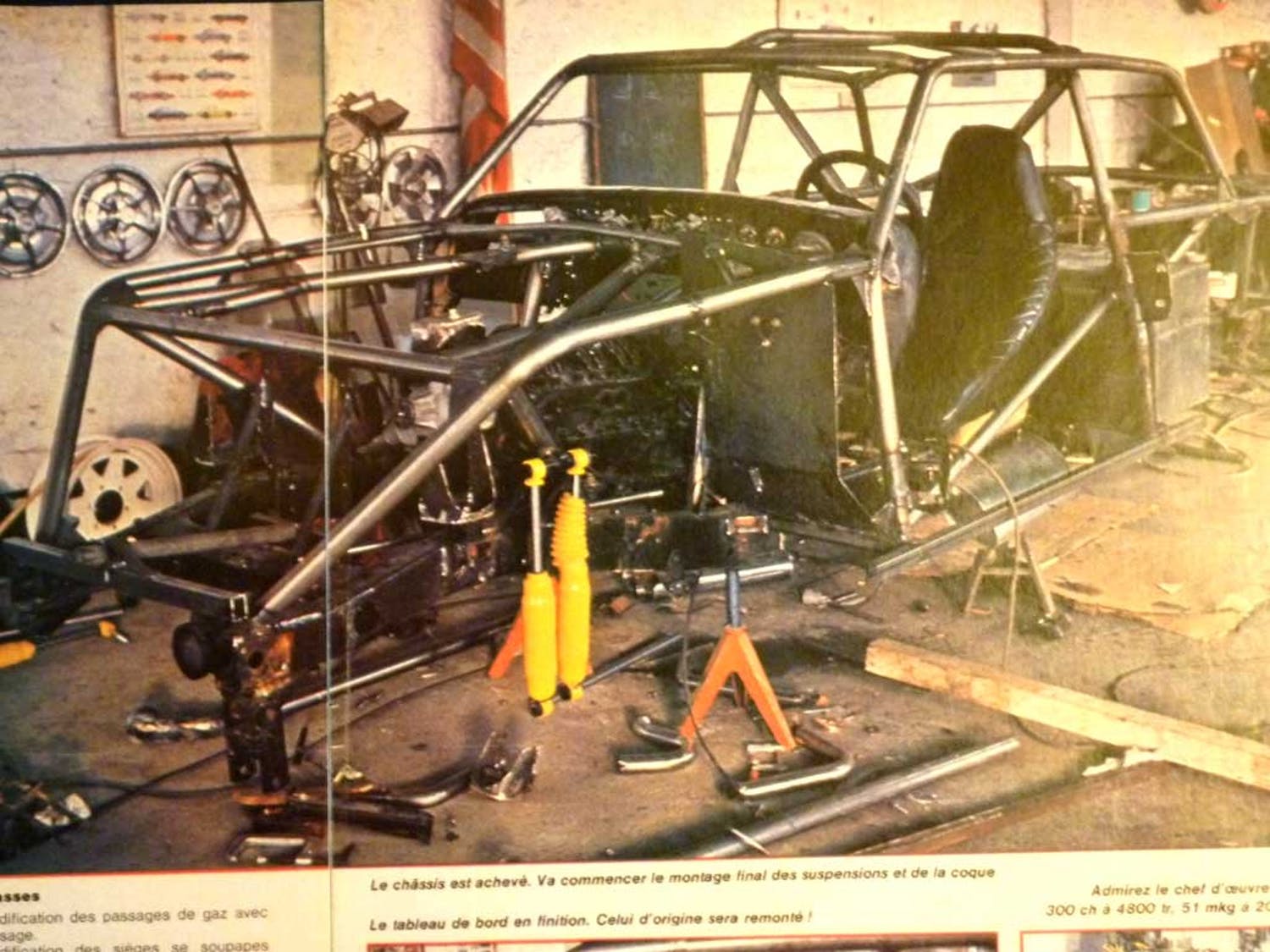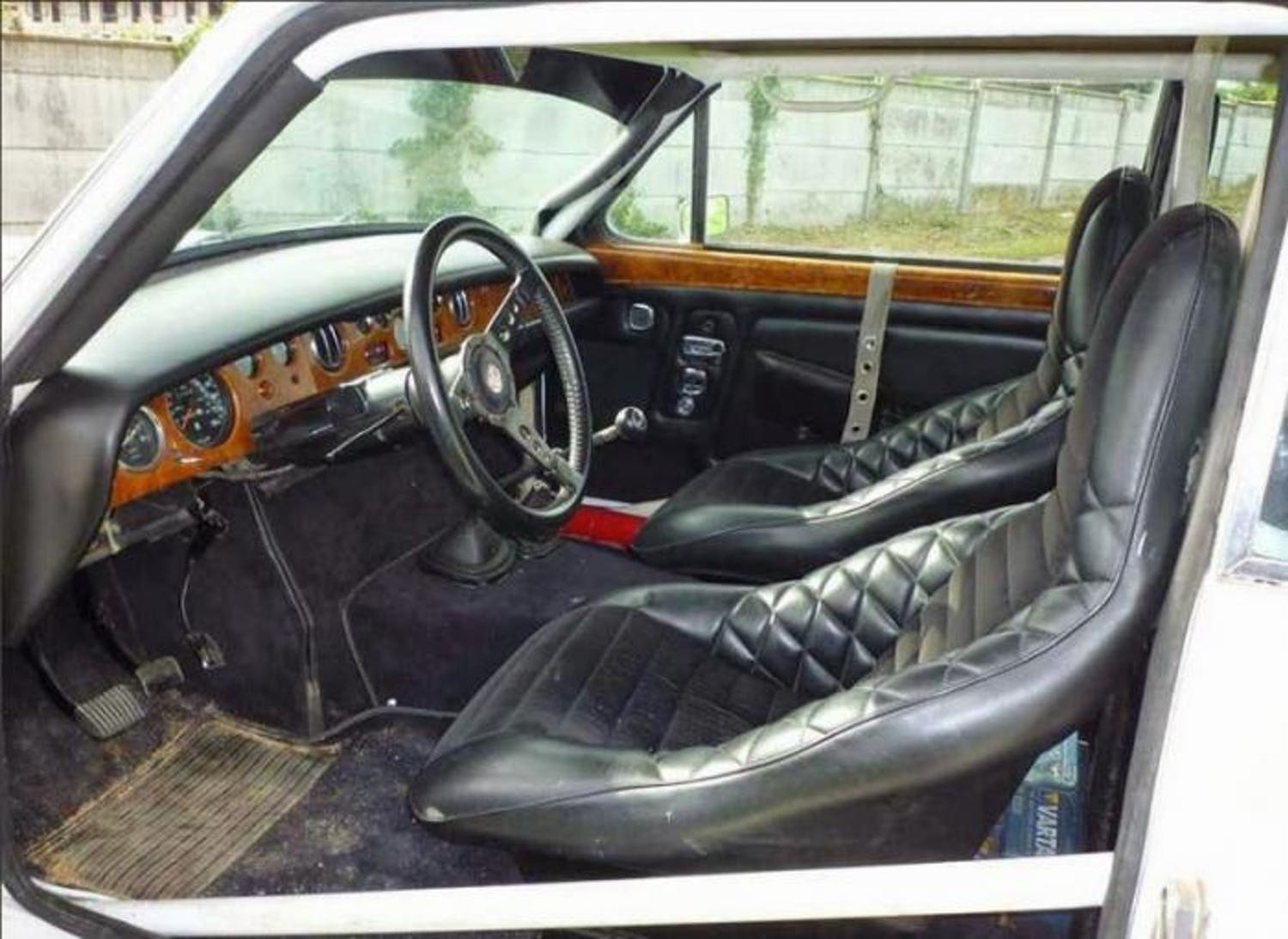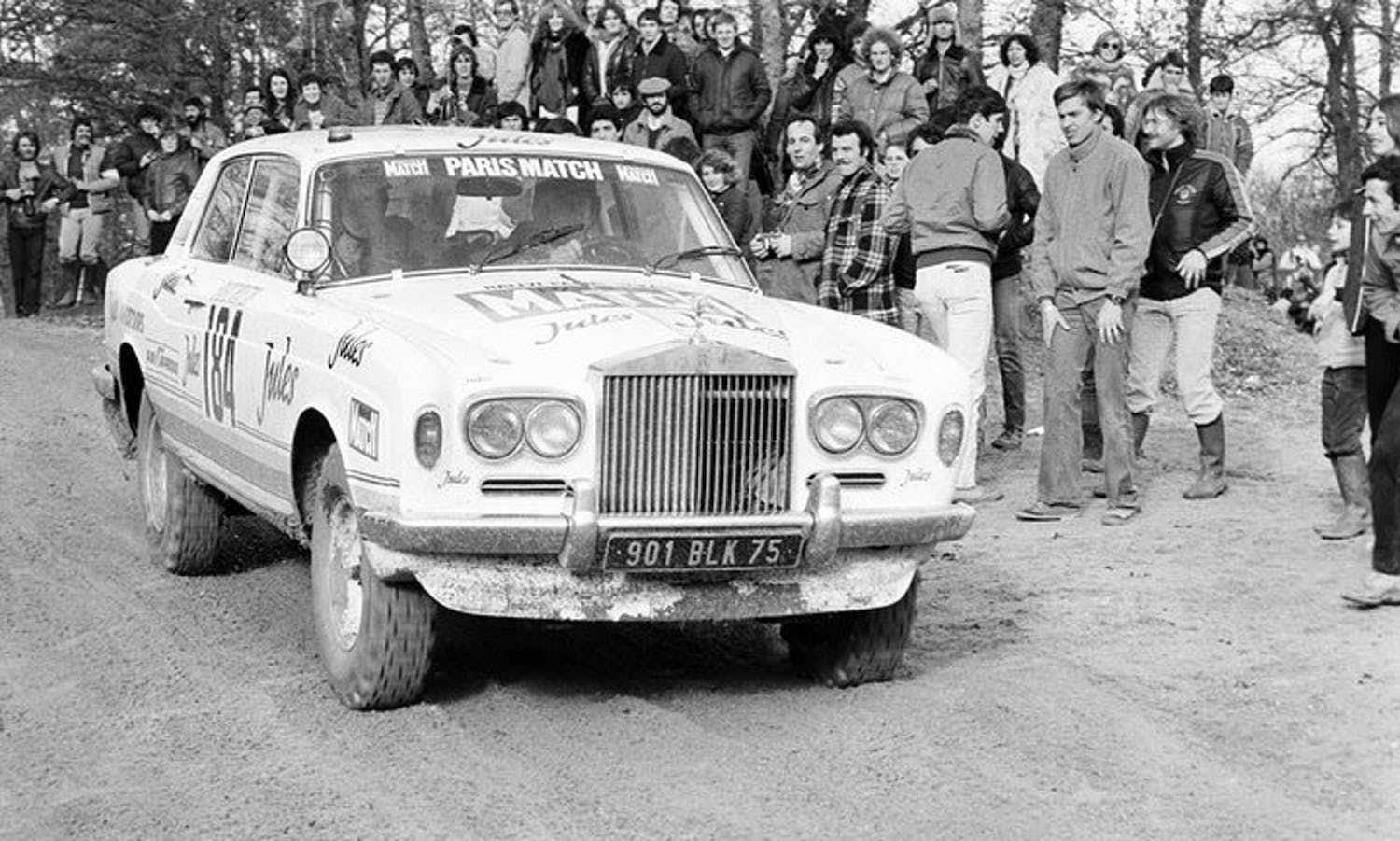Three Totally Unbelievable Dakar Stories
The coolest things to race the most iconic of all rally raids.
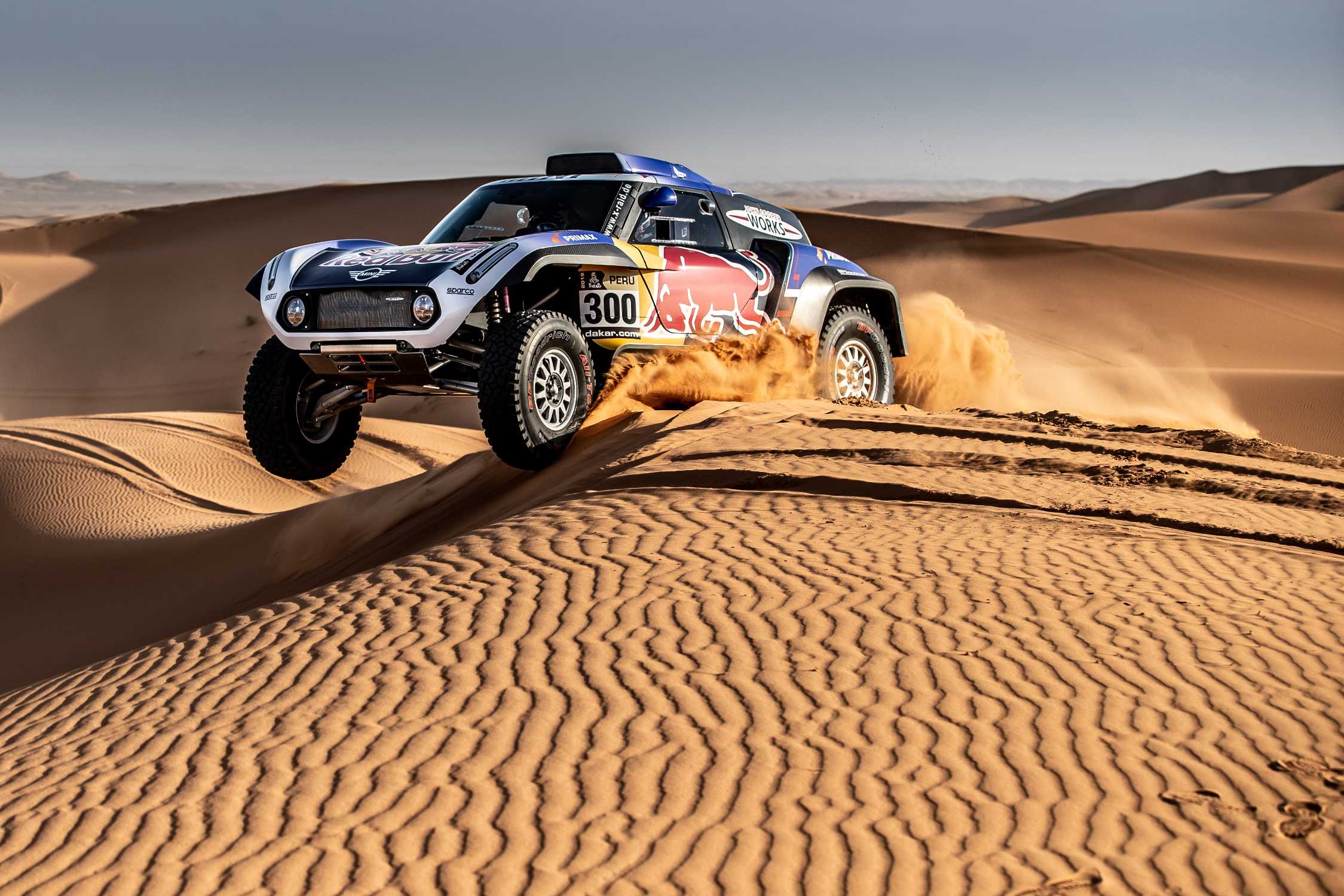
No less than 101 bikes, 16 quad-bikes, 64 cars, 61 UTV’s, 44 trucks, and 24 classics have just competed in one of the most grueling rally raid events there is; the 2021 Dakar. Ace professionals mixed with passionate and sometimes very capable amateur drivers tackle the most difficult circumstances in an effort to be the fastest at the end of it all. Not all competitors make it, however, as it is a horrendously tough event. Over the years, some fascinating stories have emerged, making endurance-rally history in the process, and here are three of the most unbelievable stories ever.
Every year in early January, all teams set-off to embark on a staged off-road challenge, known as the Dakar. With the exception of 2008, it ran continuously from 1978 onwards. Originally it ran from Paris, France to Dakar, Senegal but due to political troubles in one of the countries along the route, the 2008 edition was canceled. The following ten editions were held in South-America but still under the Dakar name, and since last year Saudi-Arabia is the host to the event. It usually spans two to three weeks with a short prologue as the official start and a number of stages ranging from 400 to 900km’s per stage. The drivers must tackle the most brutal terrain, including massive sand dunes, rocky sections, mud, dirt, gravel, bushes, and erg. Erg is a particularly tricky thing, a vast sandy area with little to no vegetation and often huge, windswept dunes. These erg dunes are “alive”, as they are continuously reshaped by the wind and very little to help in terms of navigation. These treacherous conditions mean that people literally put their lives at risk to compete.
Throughout all 42 editions so far, this year’s Dakar being the 43rd, numerous remarkable stories have been written. From all entries each year, just about 20% is professional, the rest are highly ambitious amateur racers seeking to complete the thrilling challenge while possible not competing to win it. Sort of like the Olympics; competing is more important than winning.
When Dakar is mentioned, one can’t ignore Peugeot’s dominance with their Group B rally derived entries in the eighties or the all-conquering Mitsubishi Pajero that holds the records for most wins (12 in total). Even Porsche has competed, and won, with their 959 Paris-Dakar, which seems unbelievable. But, especially coming from the not-so top-tier competitors, there’s much more to discover that almost beggars belief!
Vespa Scooter
We’ve shared stories on how Laurens de Rijke from De Rijke & Co embarked on a journey on a vintage Vespa scooter through eastern Europe and with Mongolia as his final destination. Sadly he didn’t make it all the way as the Vespa suffered irreparable damage while he was about halfway, in Kyrgyzstan.
Now imagine using a Vespa Scooter to compete in Dakar, covering 10.000 kilometers in 23 days crossing 7 countries. Sounds crazy right? But that is exactly what happened in 1980, and not just by some foolishly brave singleton, but a team of four drivers all road a Vespa from Paris to Dakar. The Vespa in question was a Vespa PX200E (or P200E) with a two-stroke single-cylinder 200cc engine and a four-speed transmission. Top speed was only 105kph, and I wonder if they came close at all on the grueling terrain they had to tackle.
So, four men set off to cover the 10,000 kilometers through all sorts of circumstances. Out of the four that started, only pilots Marc Simonot and Bernard Tcherniavsky managed to complete the race, albeit coming in stone-dead last. Nevertheless, it proved that even something simple as a Vespa Scooter could eventually make it to Dakar.
There’s not much footage available, but the video in French above shows some period shots of the men driving their little two-wheeler.
DAF 95 TurboTwin II
In the eighties, Dakar became a rallying icon and interest grew fast. Where the first edition had 182 starters, a year later that had already grown to over 200. In 1982 the entry list showed a wealthy Dutch businessman with a dream; Jan de Rooy. As an owner of one of the largest transport companies in the Netherlands, he dreamed of beating Dakar in a truck, and not just first-in-class!
Retiring at his first attempt, he soldiered on and would eventually build some of the most memorable trucks to ever compete. It took several attempts to even come close to an overall victory, but his 1988 DAF Turbo Twin X1 almost did it. This was in the midst of the power-craze in racing and rallying, with turbocharged Formula 1 engines producing 1.500bhp and Group B rally cars with 600bhp or more, as an example. De Rooy attempted to achieve his goals with a number of twin-engined monsters. Sadly all attempts failed one way or the other, but his 1988 entry came the closest of all.
The 1988 DAF 95 Turbotwin X1 was powered by not one, but two 11.6-liter diesel engines, each of them triple-turbocharged with variable fan geometry. Both engines delivered 600bhp and through rigorous weight saving the truck tipped the scale at 11 tons, a lightweight compared to others. During the 1988 Paris-Dakar edition, Jan de Rooy managed to overtake title-contender Arie Vatanen in his blue-and-white Peugeot 405 T16 rally car, at speeds in excess of 200kph!
Legend has it Ari Vatanen beat his steering wheel in anger when this happened. Unfortunately, a huge crash by De Rooy’s teammate Theo van de Rijt lead to the whole DAF team withdrawing from the race as Theo’s co-driver was sadly killed. The grim dangers of high-speed off-roading couldn’t be clearer.
An off-roading Rolls Royce Corniche
When a friend says to you “I can do that, even in a Rolls” would you take him up on that? Would you challenge him and hold him to it? However daft it may sound, Thierry de Montcorgé, a gentleman adventurist bet his friends he could complete Dakar in a Rolls Royce. His friends accepted, and now he was in quite a tough spot; chicken out or follow through.
Thierry de Montcorgé started work on a Rolls Royce Corniche, which is in no means a car suited for thousands of kilometres in off-roading. To at least have some sort of chance, Thierry opted to have a tubular frame chassis built on which he could install a Corniche body. A four-wheel-drive system and gearbox from a Toyota Landcruiser were installed and linked to a Chevrolet sourced V8. To keep the thirsty engine well-nourished, a massive fuel tank was installed behind the bucket seats. All in all the car lost close to 800 kilograms compared to a standard Rolls Royce Corniche.
The Rolls Royce Corniche was done in time for the 1981 Paris-Dakar challenge and with Thierry de Montcorgé and Jean-Cristophe Pelletier as the driver and navigator. Sponsorship came from Christina Dior who thought it would the perfect billboard for their newly launched “Jules” brand. The car proved to be quite capable as the V8 provided plenty of grunts, the gearbox and four-wheel drive system proved reliable. Unfortunately, the car’s steering arms broke off midway during the event and repairs took so long they were eventually disqualified. The team soldiered on though, determined to reach the finish, which they eventually did.
Two years later Thierry de Montcorgé showed up with yet another bonkers machine, the “Jules” II Proto 6×4 Chevrolet, which is detailed by DriveTribe here.



